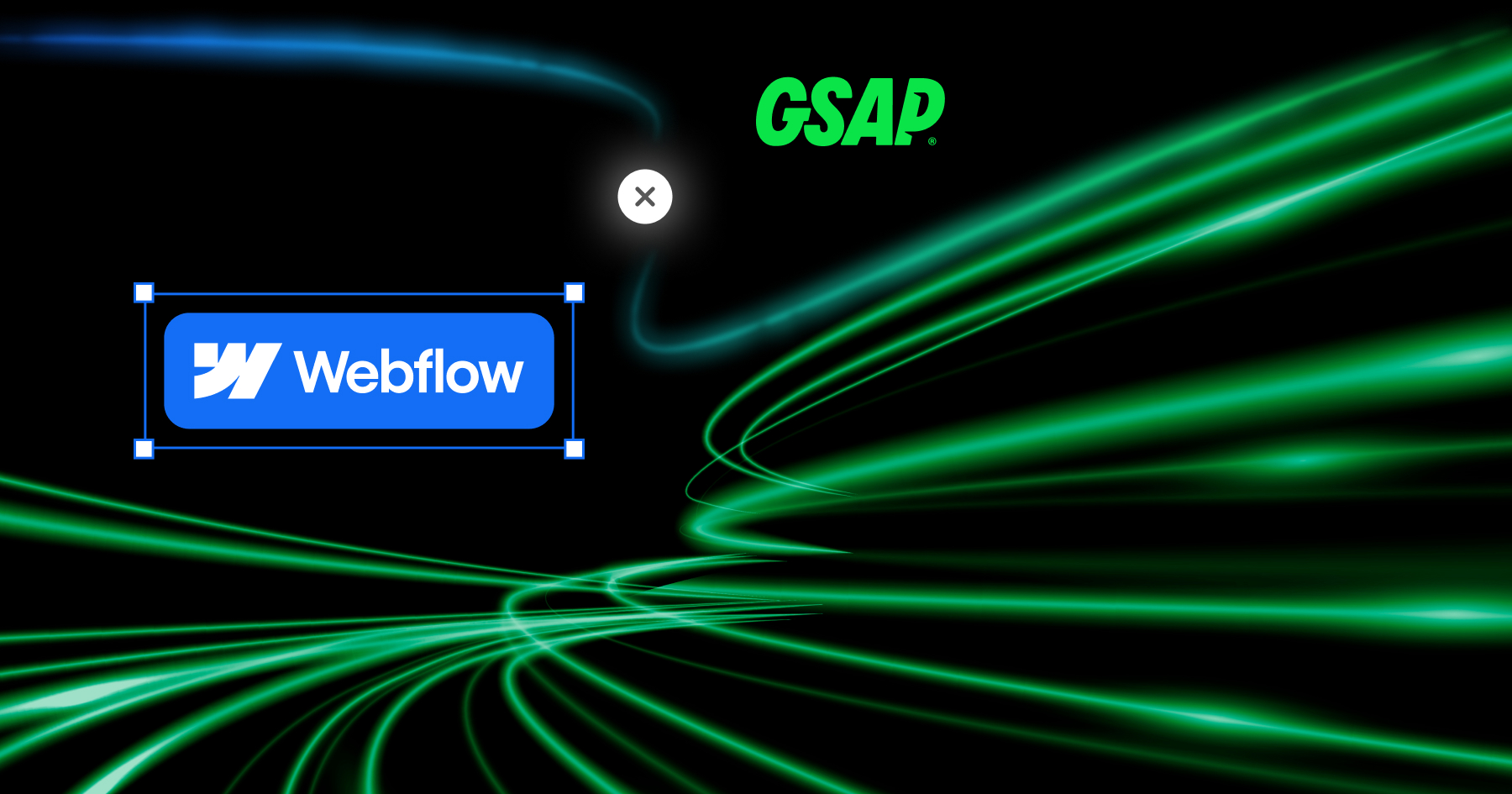Overview Comparison
Web 1.0, Web 2.0, and Web 3.0 represent different stages in the evolution of the World Wide Web.
- Web 1.0 was the first iteration of the web and was characterized by static web pages with limited user interaction.
- Web 2.0 introduced more dynamic and interactive web pages, with a focus on user-generated content, usability, and interoperability. It is also known as the participative social web.
- Web 3.0, also known as the Semantic Web, aims to make the web more intelligent and intuitive by organizing information in a more logical way and allowing for greater machine reasoning. It involves the integration of technologies such as Distributed Ledger Technology (DLT) and focuses on upgrading the backend of the web.
Web 1.0
Web 1.0 was all about fetching and reading information. Web 2.0 is all about reading, writing, creating, and interacting with the end user. It was famously called the participative social web. Web 3.0 is the third generation of the World Wide Web, and is a vision of a decentralized web which is currently a work in progress. It is all about reading, writing, and owning.
Four Design Essentials of a Web 1.0 Site Include:
- Static pages.
- Content is served from the server’s file system.
- Pages built using Server Side Includes or Common Gateway Interface (CGI).
- Frames and Tables are used to position and align the elements on a page.
Web 2.0
In 2004, the term “Web 2.0” gained popularity after the first Web 2.0 conference, later known as the Web 2.0 Summit, was held by Tim O’Reilly and Dale Dougherty. However, the term was originally coined by Darcy DiNucci in 1999. Web 2.0 refers to websites that emphasize user-generated content, usability, and interoperability for end-users. It is also known as the participative social web. Web 2.0 does not represent a change in technical specifications, but rather a change in the way web pages are designed and used. The transition has been beneficial, although it may not have seemed so at the time. Web 2.0 allows for interaction and collaboration through social media dialogue and user-generated content in virtual communities. It is an enhanced version of Web 1.0 and uses web browser technologies such as AJAX and JavaScript frameworks in its development. These technologies have recently become popular for creating Web 2.0 sites.
Five Major Features of Web 2.0:
- Free sorting of information, permits users to retrieve and classify the information collectively.
- Dynamic content that is responsive to user input.
- Information flows between the site owner and site users using evaluation & online commenting.
- Developed APIs to allow self-usage, such as by a software application.
- Web access leads to concerns different, from the traditional Internet user base to a wider variety of users.
Usage of Web 2.0: The social Web contains several online tools and platforms where people share their perspectives, opinions, thoughts, and experiences. Web 2.0 applications tend to interact much more with the end user. As such, the end-user is not only a user of the application but also a participant in these 8 tools mentioned below:
- Podcasting
- Blogging
- Tagging
- Curating with RSS
- Social bookmarking
- Social networking
- Social media
- Web content voting
Web 3.0
Web 3.0 refers to the evolution of web usage and interaction, which involves transforming the Web into a database and integrating Distributed Ledger Technology (DLT), such as blockchain. This allows for the creation of Smart Contracts based on individual needs. Web 3.0 focuses on upgrading the backend of the web, after a long period of focus on frontend user-experience innovations like AJAX and tagging. Data is shared rather than owned, and services can display different views of the same data. The Semantic Web (3.0) aims to organize the world’s information in a more logical way than current search engines, particularly from a machine perspective. This requires the use of a declarative ontological language like OWL to create domain-specific ontologies that machines can use to reason about information and draw new conclusions.
Main features That can Help us Define Web 3.0:
- Semantic Web: The succeeding evolution of the Web involves the Semantic Web. The semantic web improves web technologies in demand to create, share and connect content through search and analysis based on the capability to comprehend the meaning of words, rather than on keywords or numbers.
- Artificial Intelligence: Combining this capability with natural language processing, in Web 3.0, computers can distinguish information like humans to provide faster and more relevant results. They become more intelligent to fulfill the requirements of users.
- 3D Graphics: The three-dimensional design is being used widely in websites and services in Web 3.0. Museum guides, computer games, e-commerce, geospatial contexts, etc. are all examples that use 3D graphics.
- Connectivity: With Web 3.0, information is more connected thanks to semantic metadata. As a result, the user experience evolves to another level of connectivity that leverages all the available information.
- Ubiquity: Content is accessible by multiple applications, every device is connected to the web, and the services can be used everywhere.
- DLT and Smart Contracts: With the help of DLT, we can have a virtually impossible-to-hack database from which one can have value to their content and things they can own virtually, this is the technology that enables a trustless society through the integration of smart contracts which does not need to have a middle man to be a guarantor to make that contract occur on certain cause its based on data from that DLT. It’s a powerful tool that can make the world a far better place and generate more opportunities for everyone on the internet.









